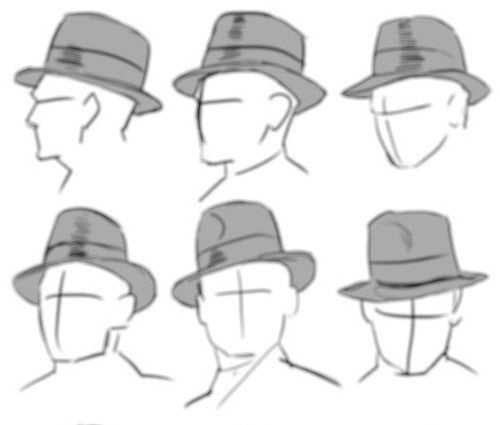🎩 A Storied Crown: The Fascinating History of Hats (And Why They're Still in Style)
"Ever wonder why a simple accessory like a hat has stood the test of time?" Whether you're looking to make a bold fashion statement or shield yourself from the sun, hats are more than just headwear—they’re history woven into fabric and felt. In fact, every hat on your shelf has a story rooted in centuries of culture, function, and fashion.
As the stock of timeless styles like fedoras, trilbies, flat caps, and bucket hats continues to fly off our shelves, we’re diving into the rich and stylish history of hats—from ancient times to modern trends.
👑 The Origins: Hats in Ancient History
Hats date back thousands of years, with the earliest known depiction of a hat found in a tomb painting from Thebes, Egypt (around 3200 BC). The figure appears to be wearing a conical straw hat, likely used for sun protection in the sweltering climate.
Meanwhile, in ancient Greece and Rome, hats such as the petasos (a wide-brimmed traveler’s hat) and pileus (a felt cap often worn by freed slaves) served both practical and symbolic purposes.
🏰 Medieval to Renaissance: Hats as Status Symbols
During the Middle Ages, hats were increasingly worn to denote social rank, occupation, and religious affiliation. The hooded cowl was common among monks, while nobility favored elaborate hoods and veils, sometimes adorned with jewels.
By the 15th and 16th centuries, hats became an essential part of European fashion. The beret gained popularity in France and Spain, while feathered, wide-brimmed hats like the Musketeer hat made bold fashion statements.
Fun fact: In 1571, England passed the “Cap of Maintenance” law, requiring all males over six (except nobles) to wear wool caps on Sundays and holidays to support the local wool trade!
🎩 17th–19th Century: The Golden Age of the Hat
By the 17th century, hat-making had become an art form. Styles like the tricorne (three-cornered hat) and bicorne (favored by Napoleon) were must-haves for the fashionable elite. In the 1800s, the top hat rose to prominence, thanks in part to figures like Abraham Lincoln and Charles Dickens.
Meanwhile, hats became a mark of civility and respectability, especially for men. You wouldn’t be caught outside without a hat—it was almost scandalous.
For women, this era saw extravagant creations featuring ribbons, feathers, and even entire bird specimens. Milliners became critical tastemakers, often rivalling tailors and dressmakers in influence.
🎬 20th Century: Revolution, Rebellion & Reinvention
The 1900s ushered in dramatic changes. At the turn of the century, bowler hats, fedoras, and boater hats dominated men's fashion. Women embraced the cloche hat during the roaring '20s, perfectly complementing flapper dresses and bobbed haircuts.
But post-WWII, casual wear gained traction, and hat culture began to decline—especially for men. The rise of automobiles made wide-brimmed hats impractical, and younger generations began to rebel against formal wear.
Yet hats never disappeared. The late 20th century saw:
-
The beret as a symbol of revolution (Che Guevara, Black Panthers)
-
The bucket hat embraced by hip-hop culture
-
Baseball caps becoming a global staple
-
Fascinators returning to high fashion at weddings and royal events
🧢 Today: The Hat Comeback
Today, hats are enjoying a renaissance—thanks to influencers, celebrities, and the practicality of protective headwear. From stylish Panama hats for summer holidays to chunky beanies for winter warmth, there's a hat for every occasion, outfit, and season.
Most importantly, hats are now an expression of individuality. Want to go vintage? Try a tweed newsboy cap. Need something timeless? A black felt fedora has your back. Going bold? A brightly colored bucket hat makes a confident statement.
The history of hats isn’t just about style—it’s a reflection of society. Hats have marked social status, rebellion, identity, function, and fashion through every major cultural shift. Whether you're donning a Panama on holiday or tipping a flat cap in the pub, you’re participating in a centuries-old tradition.
So next time you put on a hat, think of it as more than an accessory. It’s a legacy.




